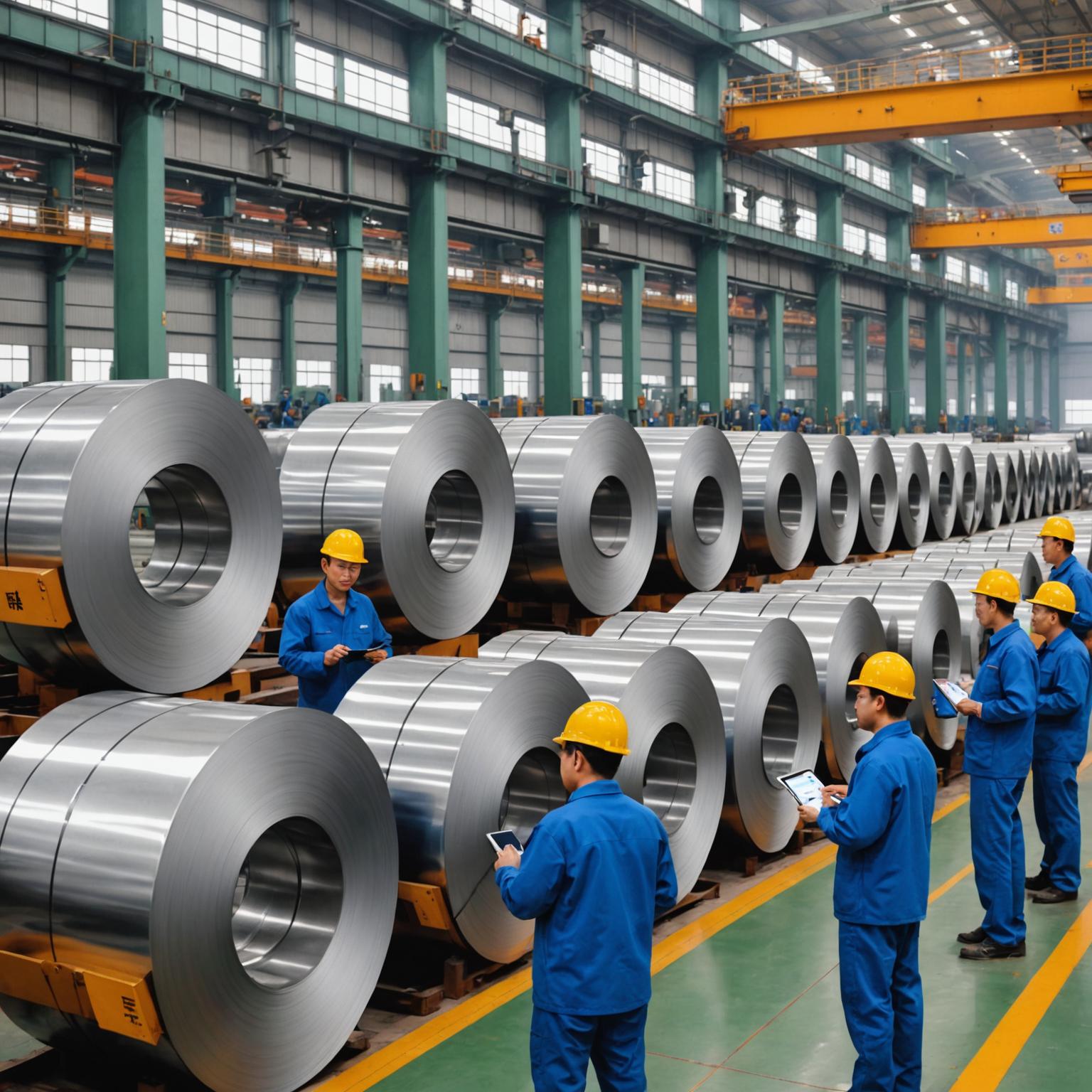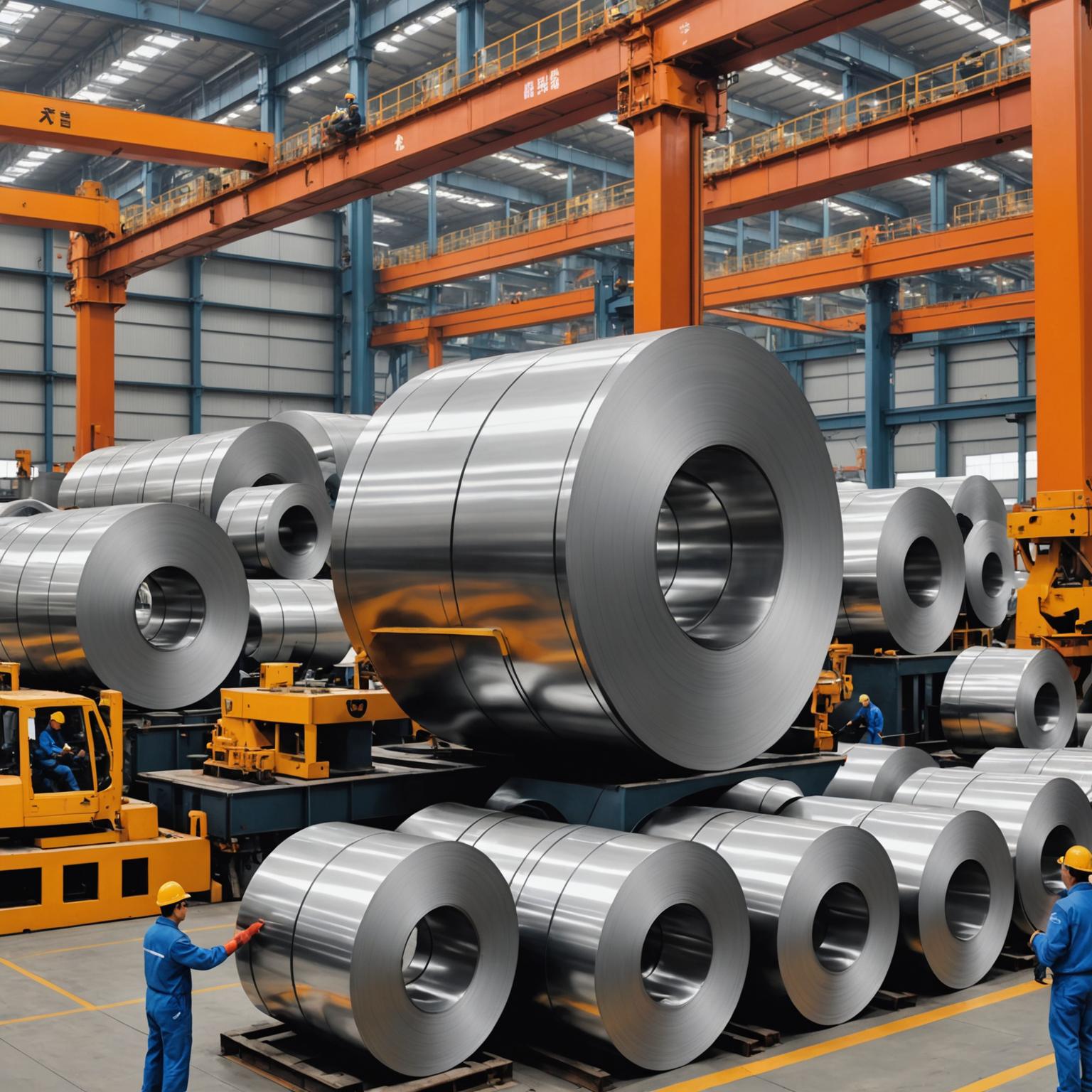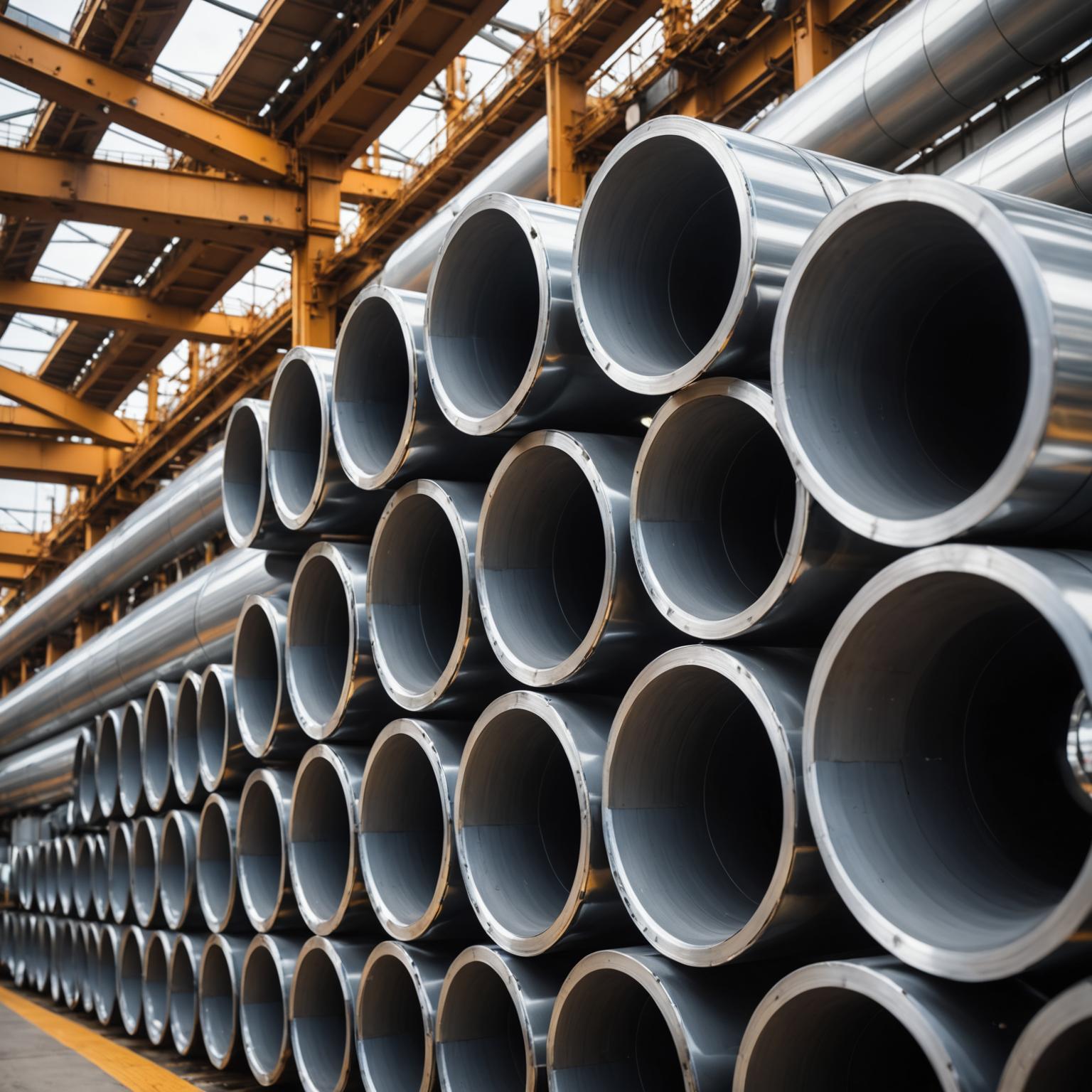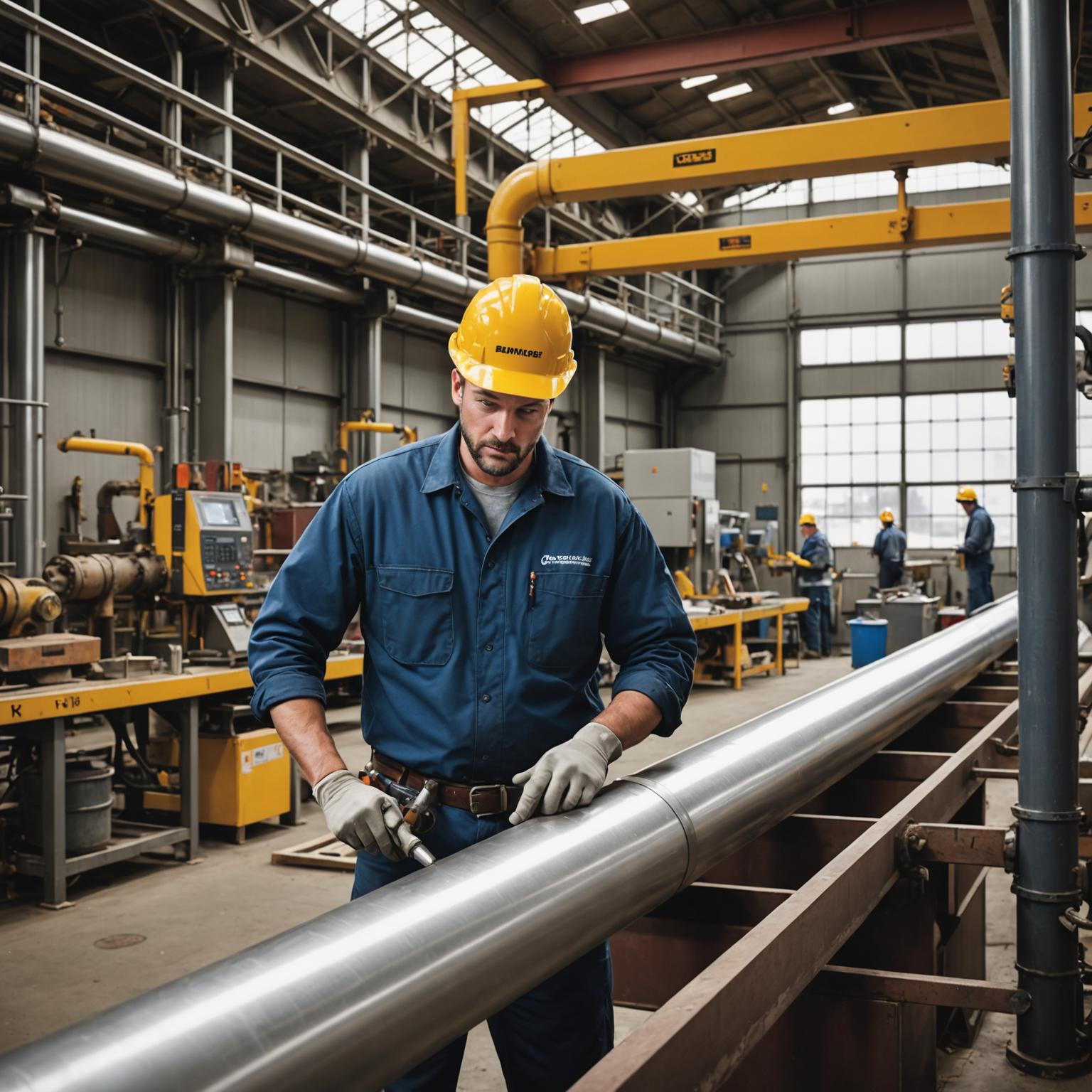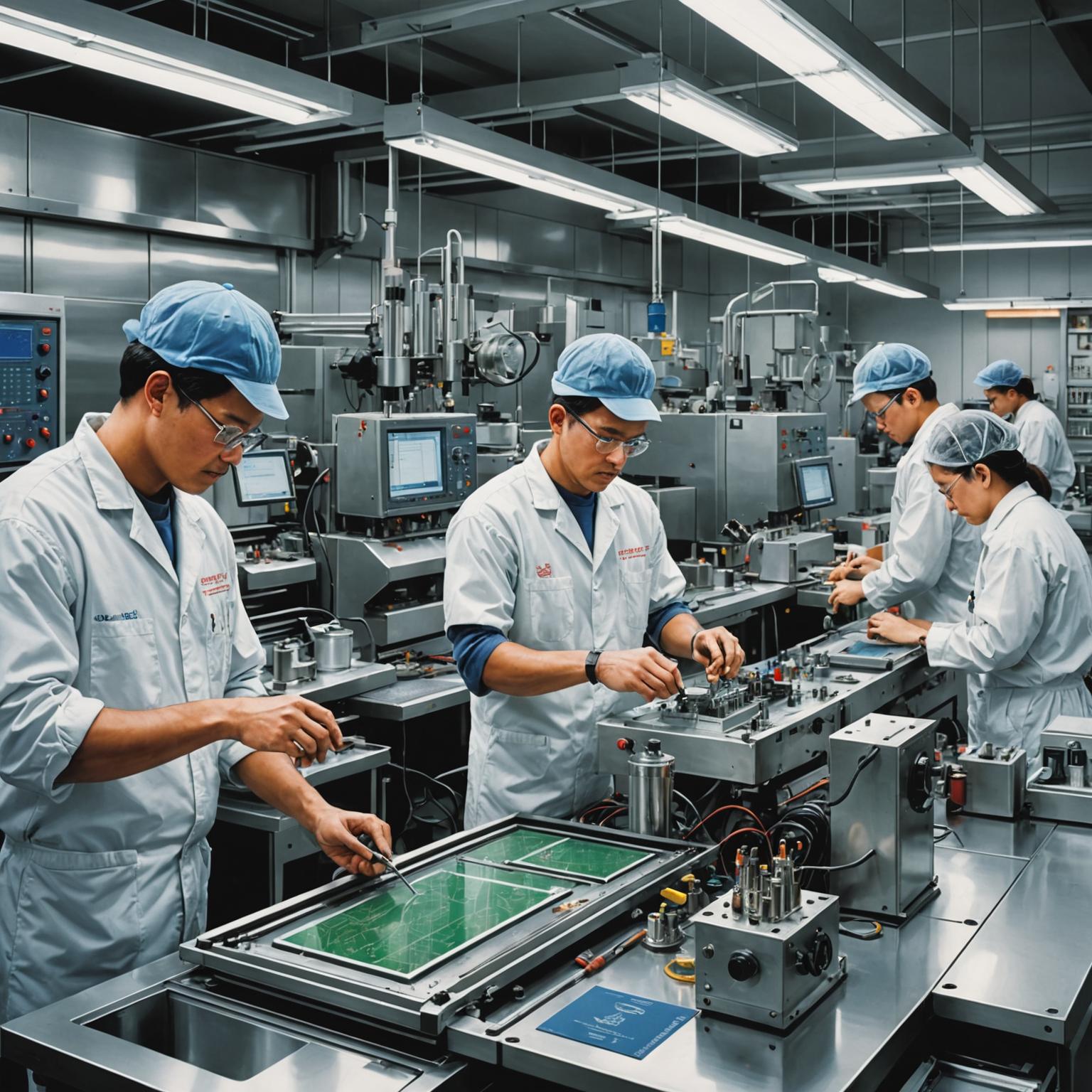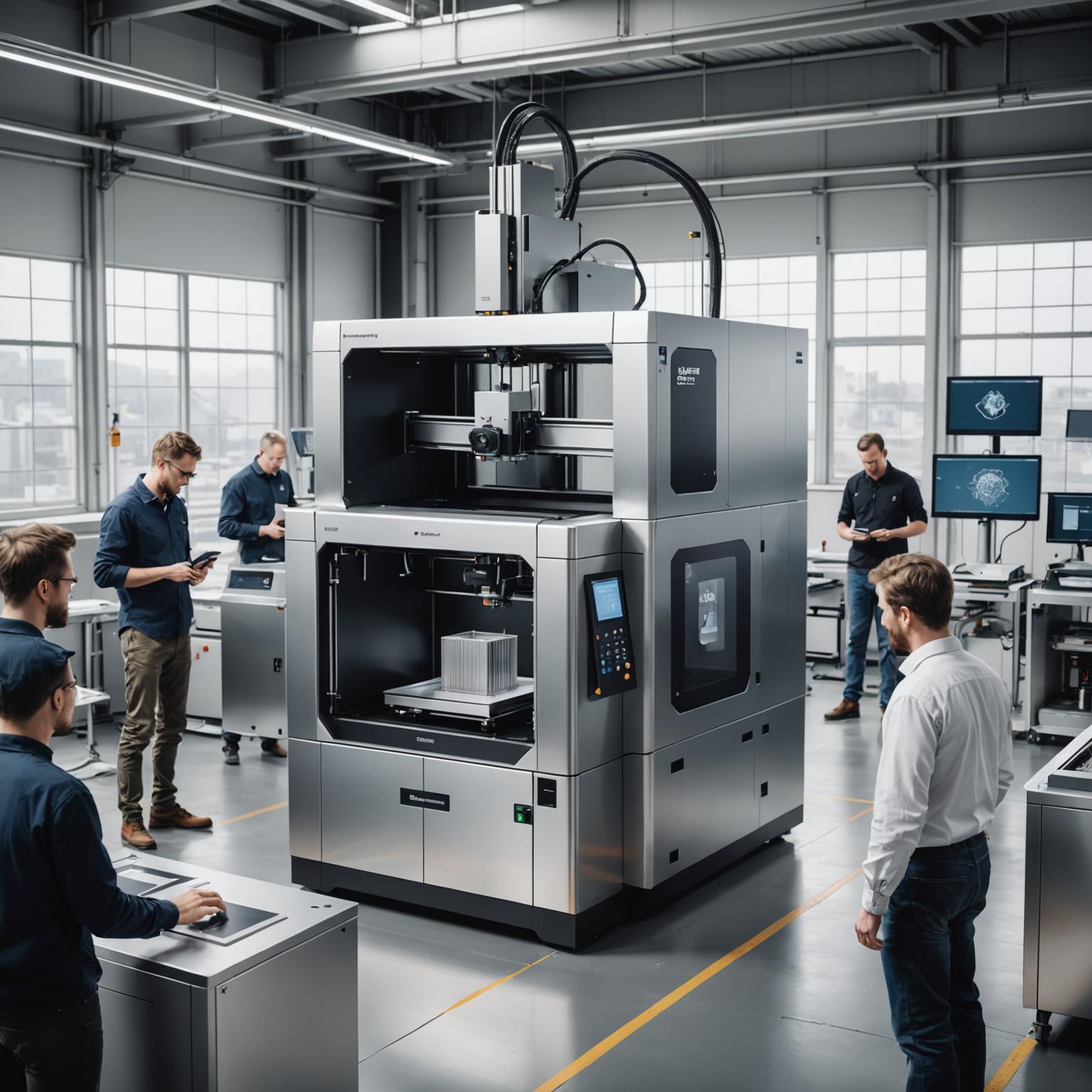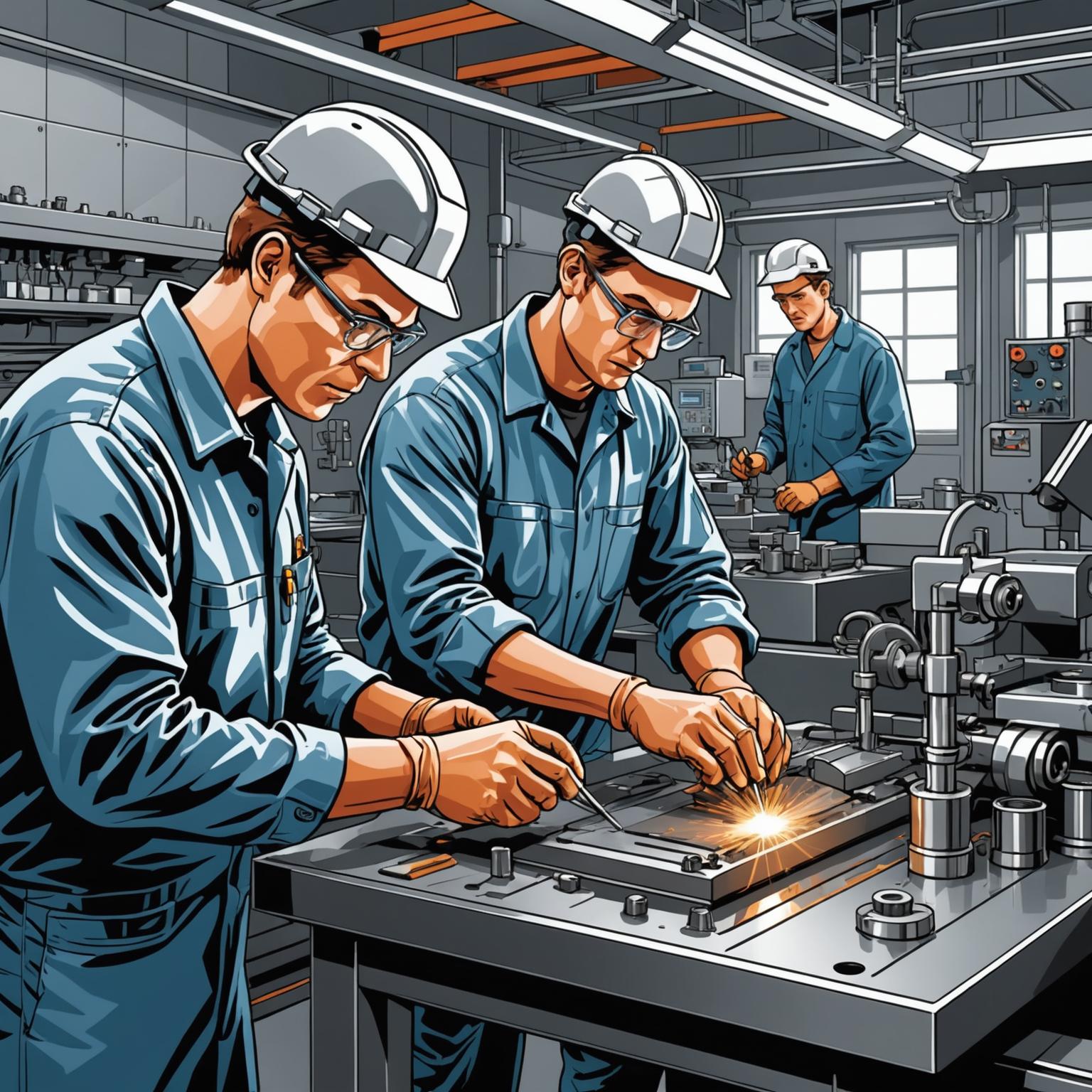
1. Overview of high-precision stainless steel etching process
Stainless steel etching is a process that achieves micron-level precision processing through chemical corrosion, suitable for stainless steel sheets with thickness of 0.01mm~2mm. Core advantages include:
-
Super high precision: Can process structures with tolerance of ±0.01mm (such as micropores, fine circuits).
-
No mechanical stress: Avoid deformation or burrs caused by traditional stamping.
-
Free complex design: Supports special-shaped parts such as hollow, multi-layered structures (such as radio frequency shielding).
2. Key applications in electronic components
(1) Micro connectors and terminals
-
Application scenarios: Mobile phone Type-C interface, car electronic plug-in.
-
Craft Advantages: High consistency in mass production and lower cost than laser cutting.
(2) EMI/EMC electromagnetic shielding
-
Case: 5G base station filter, smart watch back cover shield layer.
-
Material selection: 304 or 316L stainless steel is often used (corrosion resistance + high shielding efficiency).
(3) MEMS sensor substrate
-
Technical requirements: Etch out micron-scale airflow channels or pressure sensing diaphragms.
-
Industry Standards: Comply with ISO 9001/13485 medical electronic certification.
3. Analysis of core process flow
-
Material preparation: Choose ultra-thin stainless steel foil (common 0.05~0.5mm).
-
Lithography glue coating: UV exposure transfer design pattern to resist film.
-
Chemical etching: Use FeCl₃ or acidic solution to accurately corrode the exposed areas.
-
Post-processing: Remove glue, clean, passivate (enhance corrosion resistance).
4. Industry Challenges and Solutions
| challenge | Solution |
|---|---|
| Under-cutting | Optimize the concentration/temperature of the etching solution and control the spray pressure |
| Micropore blockage | Add ultrasonic oscillation assisted cleaning |
| High material cost | Cost reduction with roll-to-roll (R2R) continuous etching |
5. Future trends
-
Mixing process: Combined with laser etching and chemical etching (such as LCE technology).
-
Green etching: Develop low-toxic etching fluids (such as citrate-based alternatives).
-
AI quality inspection: Machine learning automatically detects etch defects (30% accuracy improvement).



